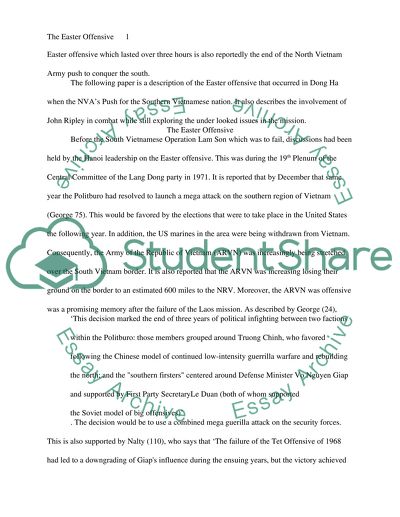Cite this document
(“Easter Offensive 1972 Research Paper Example | Topics and Well Written Essays - 1250 words”, n.d.)
Retrieved de https://studentshare.org/military/1457640-easter-offensive
Retrieved de https://studentshare.org/military/1457640-easter-offensive
(Easter Offensive 1972 Research Paper Example | Topics and Well Written Essays - 1250 Words)
https://studentshare.org/military/1457640-easter-offensive.
https://studentshare.org/military/1457640-easter-offensive.
“Easter Offensive 1972 Research Paper Example | Topics and Well Written Essays - 1250 Words”, n.d. https://studentshare.org/military/1457640-easter-offensive.


